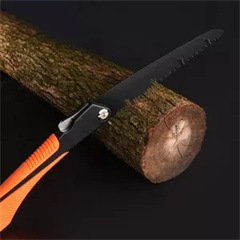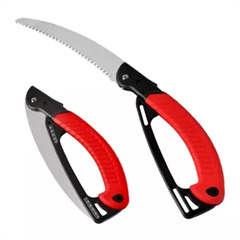The concept of knives as art at the intersection of function is a captivating blend of practicality and aesthetic beauty. Throughout history, knives have been much more than just tools; they have also been objects of craftsmanship, culture, and even symbolic meaning. Here’s a closer look at how knives can be considered both functional tools and artistic creations:
- Craftsmanship and Design:
- Artistry in knife making involves a deep understanding of materials, techniques, and design principles.
- Knife makers often strive to create knives that are not only functional but also visually appealing. Details such as blade patterns, handle materials, and engravings contribute to the overall design.
- Blade Patterns and Damascus Steel:
- The patterns on the surface of some blades, known as Damascus patterns, are created through the layering and folding of different types of steel.
- These intricate patterns are not only visually striking but also demonstrate the mastery of the smith.
- Handle Materials and Embellishments:
- Knife handles can be crafted from a wide range of materials, including exotic woods, bone, horn, and various synthetic composites.
- Intricate carvings, inlays, and other embellishments on handles add a touch of artistry and personalization to the knife.
- Cultural Significance:
- Knives have held cultural significance in various societies. Traditional knives often feature designs that reflect the heritage, beliefs, and values of a particular culture.
- Collectibility:
- Many people collect knives as a form of art. Collectible knives may include limited editions, custom pieces, and historical reproductions.
- The rarity, uniqueness, and craftsmanship of certain knives contribute to their value as collector’s items.
- Functional Aesthetics:
- A well-crafted knife doesn’t just look good; it also functions optimally. The shape of the blade, the balance of the knife, and the ergonomics of the handle all impact its functionality.
- Knife Shows and Exhibitions:
- Knife shows and exhibitions around the world celebrate the artistry of knife making. These events showcase the work of skilled craftsmen and provide a platform for enthusiasts to appreciate and acquire unique pieces.
- Collaborations and Innovation:
- Collaborations between knife makers and other artisans, such as engravers, woodworkers, and jewellers, result in knives that integrate multiple forms of artistry.
- Innovative designs and materials push the boundaries of what is possible in both form and function.
- Balance Between Form and Function:
- The challenge lies in achieving a balance between artistic expression and practical utility. A knife should not only look impressive but also perform its intended tasks effectively.
- Functional Art in Everyday Life:
- Carrying or using an artfully crafted knife adds an element of elegance and appreciation to daily tasks. The knife becomes more than just a tool; it becomes a piece of functional art.
Ultimately, the art of knives at the intersection of function showcases the creative potential of human craftsmanship. The evolution of knife making has allowed for the creation of objects that are not only tools but also reflections of culture, heritage, and individual creativity. Whether admired for their aesthetic beauty, historical significance, or technical innovation, these knives stand as examples of how functional objects can transcend their utilitarian purpose and become objects of artistic appreciation.



































